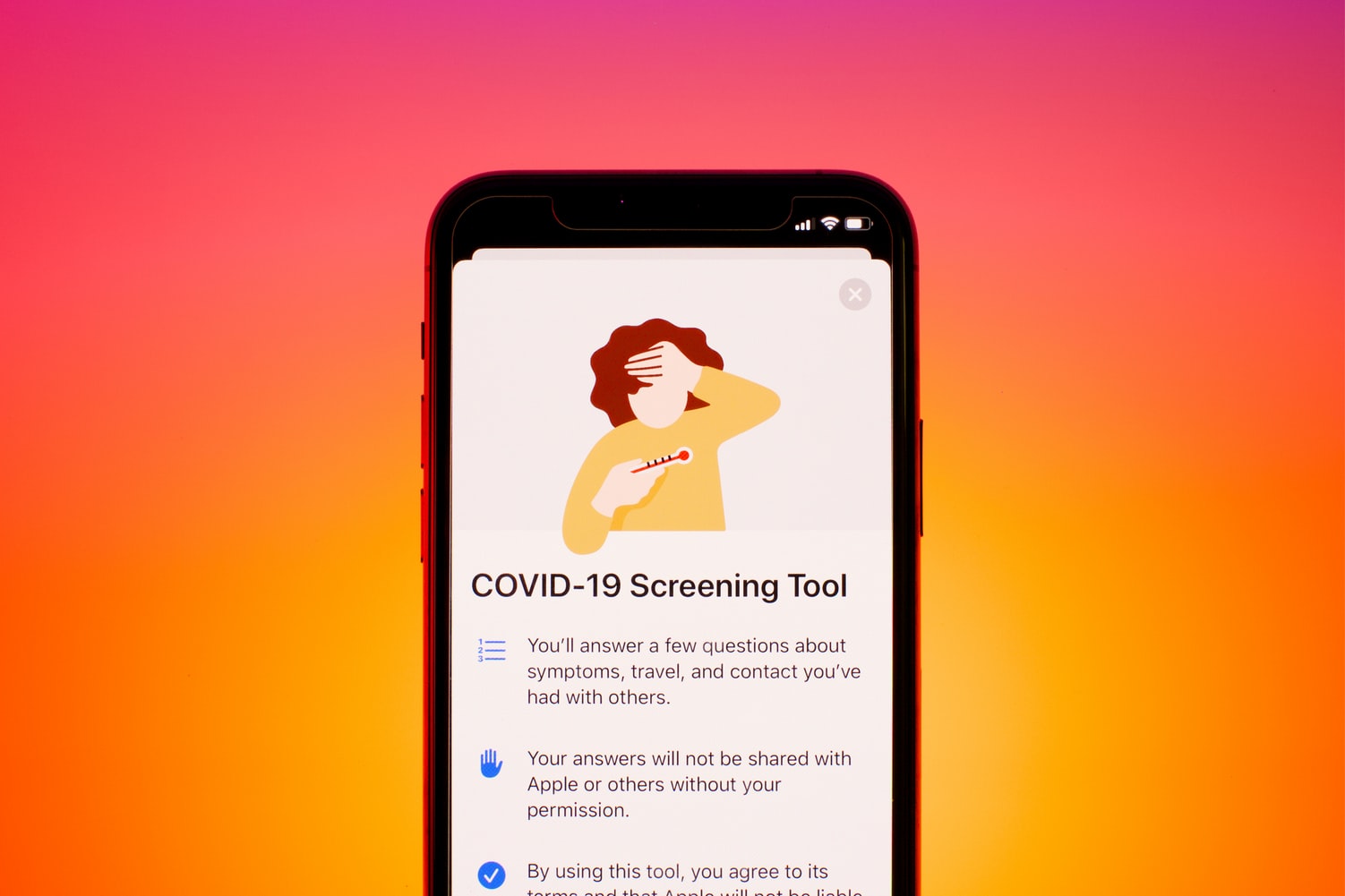There were more than 13 million cases of coronavirus (COVID-19) worldwide at the time of this writing. While some patients experience only mild symptoms, others face dire side-effects and some even lose their lives; the virus’ death toll has exceeded half a million to date. Technology has become an important resource in research, monitoring active cases, and reducing one ‘s vulnerability to contracting the virus in an attempt to avoid an even higher risk of infection and more mortality.
Read more: Pakistani health-tech startup secures six-figure investment
Below are some of the main innovations that are helping global health practitioners and the general public do just that.
Explore the Contents
Temperature assessment technology
Non-contact temperature assessment technology, such as contactless thermometers or thermometer arms, was instrumental in measuring the temperatures of individuals upon entry to airports, hospitals, and many other forms of locations. These devices use temperature sensors such as Pyrosales temperature sensors to rapidly and reliably determine an individual ‘s temperature.
While these devices cannot determine whether an individual is or is not infected with COVID-19, they can indicate whether a person is having a fever that is one of the virus’s common symptoms and can, therefore, help flag those who need to be tested.
Read more: COVID-19 Changes in the Private Equity Sector
Contact tracing software
Additionally, in April 2020, Apple and Google announced they were developing a smartphone software that would notify people if they were in contact with someone who was infected with the virus recently. The program which the tech giants expect to release in a couple of months will be a significant technical step in facilitating touch tracing. Using the method, infected individuals will inform a public health app that they have the virus, which will then warn phones that have come into the system of that person’s recent proximity.
Air filters
Research from the University of Houston has recently developed a virus-trapping air filter system that could theoretically remove SARS-CoV-2 strains within a restricted area. This system, unlike other air filters, can reach 392 degrees Fahrenheit and uses a nickel foam to stop the virus from coming out of the aircon. According to experts, once it reaches the air filter, the virus is trapped in and cooked, which could kill 99.8 percent of the virus.
UV Sterilizers
Sterilization is a vital step in killing those germs which contribute to COVID-19 spread. Given how many of these germs our phones hold, sterilizing our phones is all the more critical in reducing our chance of contracting the virus. Recently, Samsung launched a new app that could help to do just that.
Samsung unveiled its own UV sterilizer on Tuesday, July 7, boasting its ability to kill 99 percent of bacteria and germs on a phone within 10 minutes of charging. Whereas there is currently insufficient evidence to demonstrate the effectiveness of UV light in specifically combating COVID-19, the National Academies of Science Engineering Medicine reported that UV light is likely to remove viruses like SARS-CoV-2 off of cell phones.
The COVID-19 pandemic has demanded technological advancement that can help reduce its implications for the global population. Temperature assessment devices, software for contact tracing, air filters, and UV sterilizers are just a few examples of newly developed technological advances that contribute to achieving this objective. Because COVID-19 is likely to remain a part of our everyday life for the near future, it seems equally probable that we will see the continuing introduction of new technology designed to combat the virus.



